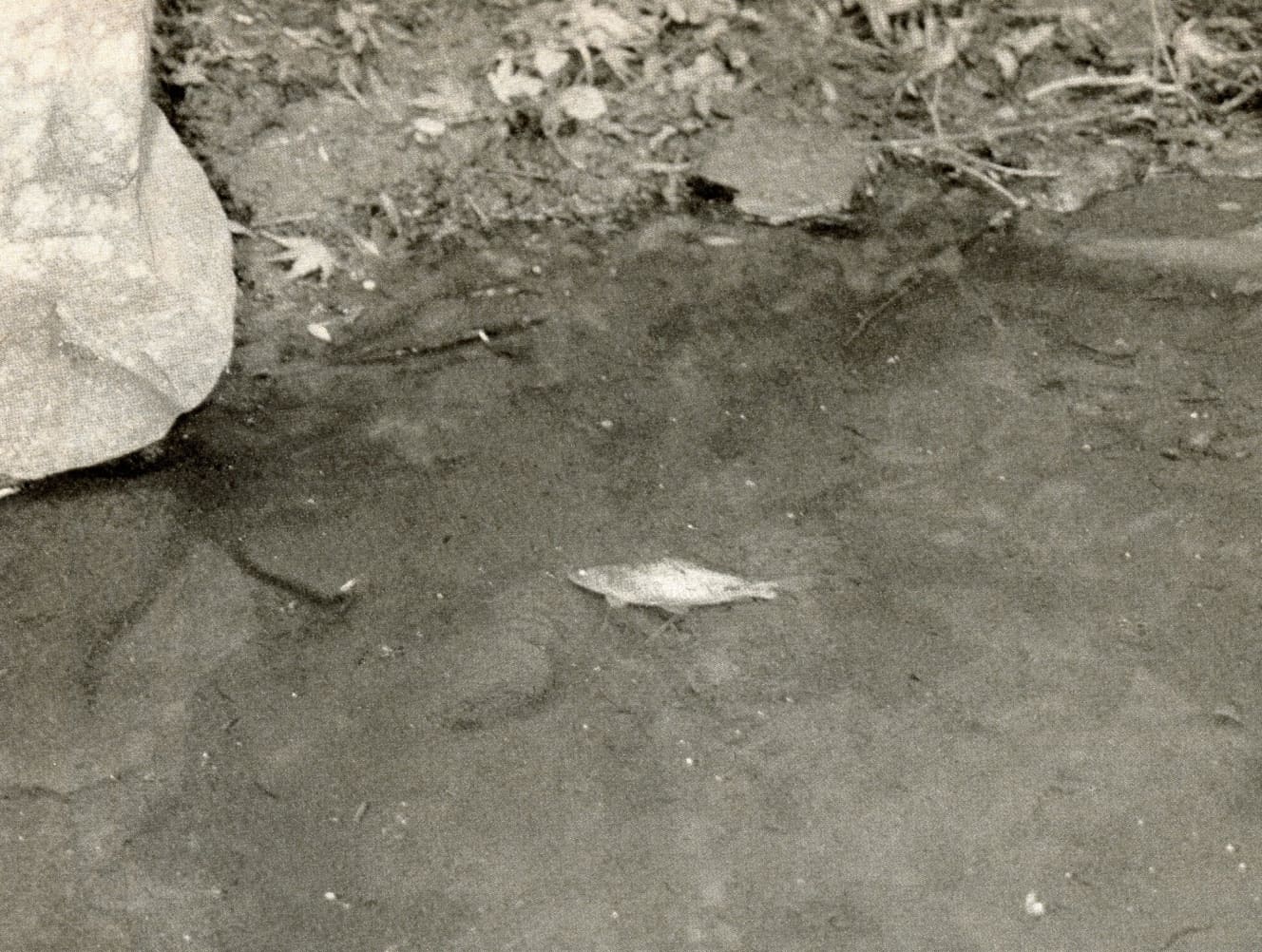Playback ’94] “The Matsumoto Sarin Incident” – Everything is a Mystery… The “White Fog of Death” that Struck a Residential Area on a Hot and Humid Night

What did “FRIDAY” report 10, 20, or 30 years ago? In “Playback Friday,” we take a look back at the topics that were hot at the time. This time, we bring you the article “Fear in a Residential Area in Matsumoto: ‘White Fog Killed Seven People’ – That’s How Poison Gas Was Made” from the July 15, 1994 issue, 30 years ago.
The “Matsumoto Sarin Incident,” which occurred late at night on June 27, 1994, shook the nation as a white mist of toxic gas was released in a residential area, killing many people. At the time this article was published, the identity of this “white mist” had not yet been determined (descriptions in parentheses below are taken from past articles).
What made the difference between life and death: ……
On June 22, it was the hottest day of the year in Matsumoto City, Nagano Prefecture, with temperatures exceeding 30°C during the day. Even at night, it was still hot and humid with 95% humidity, and many citizens opened their windows to cool off. This very natural act made the difference between life and death.
Around 1:00 a.m., I had a severe cough, sneezing, and a headache that lasted about an hour, so I had no choice but to go to bed. I think the only reason I survived was because I thought I had caught a cold and kept the windows closed so as not to aggravate the situation,” said an office worker who lived in the apartment building where the three fatalities occurred.
Seven (later eight) people were killed and about 140 injured by the white mist of toxic gas that was released in a residential area. The two apartments where the six deaths occurred did not use gas, and the victims showed symptoms such as sneezing, runny nose, and pupil constriction. This led to the belief that the poisonous organophosphorus gas used in pesticides and other products may have originated outdoors and flowed into the rooms.
But where did the gas originate? And why did it occur? The case, which had been a complete mystery, took a sharp turn less than 24 hours after the outbreak.
From the night of the 28th to the following day, the Nagano Prefectural Police raided the home of Mr. A, the company employee who was the first to report the accident, and confiscated 17 to 18 kinds of chemicals. The authorities are now increasingly convinced that the toxic gas may have been released while Mr. A was making herbicides in his yard.
What kind of “homicidal gas” could have caused the deaths of as many as seven people? An assistant professor in the Department of Special Emergencies at Osaka University School of Medicine (at the time), while declaring that he was “just speculating,” pointed out the following.
Organophosphorous gas could not have caused such a large number of deaths. I think it was chloropicrin, a fumigant, or methyl bromide or phosgene, which are used as insecticides. Methyl bromide and phosgene are also used in chemical weapons. And with some knowledge, they can be easily made.
Mr. A, who is thought to hold the key to the truth, is himself hospitalized with gas poisoning. He is out of his temporary critical condition and “cooperating with the police investigation,” a hospital official said.
On July 3, one week after the incident, the Nagano Prefectural Police announced that “the causative agent is presumed to be sarin. On the other hand, since chemicals such as agricultural chemicals were seized during the search of Mr. A’s house, and there was a testimony that “suspicious smoke was seen from Mr. A’s house” (which later turned out to be false), most media including this magazine reported daily as if Mr. A was a suspect based on police leaks, etc. When the incident first occurred, many people from all over the country visited Mr. A’s house to slander him. In late July, however, the police investigation was completed, and the police were able to obtain a warrant to arrest Ms. A. The police had already been notified of the incident by the end of July.
However, in late July, a police investigation brought to light a person who had purchased a large amount of dimethyl methylphosphonate, a chemical used in the process of producing sarin, and it was reportedly discovered that his address was the Aum Shinrikyo Setagaya Dojo. In addition, there were several other companies that appeared to be Aum-related that came up in the investigation, but these facts were never announced. In November, it was also reported that sarin residue had been detected in the soil near the Aum facility in Kamikyuu Isshiki Village, Yamanashi Prefecture, where the strange odor had occurred.
While investigators were gradually closing in on Aum, the “sarin gas attack on the subway” occurred on March 20, 1995. Aum’s Shoko Asahara and others were arrested as suspects in Matsumoto’s case on July 16 of the same year. The incident targeted a judge’s office, and Asahara, who ordered the deadly attack, may have wanted to experiment with the power of sarin, according to cult leaders who later said.
From June 26 to 28 of this year, a flower stand was set up in the park, the site of the former employee dormitory where one resident died, to mourn the victims of the incident. On the other side of the park, children were happily playing on the playground equipment. Some of the children asked the meaning of the flower stand.


PHOTO: Lee Sang Yun